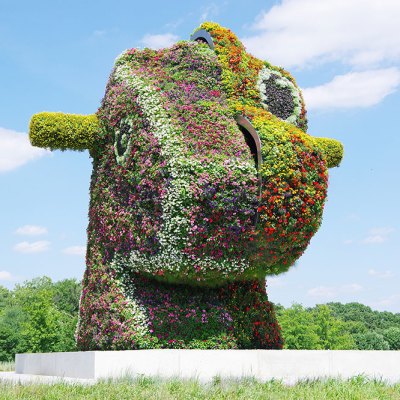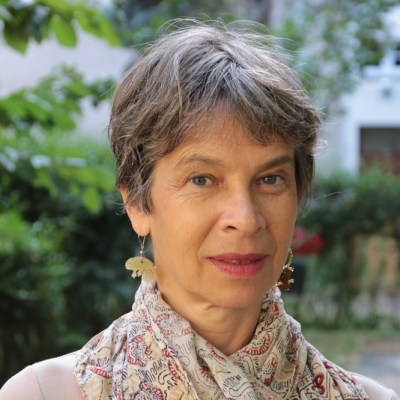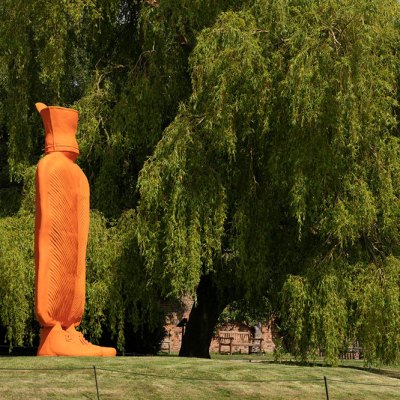The Buddha is one of the most recognisable figures in the history of the world – but he hasn’t always been represented in human form. John Guy – the curator of ‘Tree & Serpent: Early Buddhist Art in India, 200 BCE–400’ at the Metropolitan Museum of Art in New York – explains to Apollo that the Buddha’s life and teachings were once illuminated by carvings of nature spirits and other symbolic relics.
First things first: why ‘Tree & Serpent’?
Trees and snakes are ubiquitous in south Indian Buddhist imagery. There are two reasons for this: much of the period covered in the exhibition is aniconic [without depictions of the human form], before representations of the Buddha in human form became prevalent. He is represented symbolically instead through an empty throne, a riderless horse, a pair of footprints, a wheel to represent his teachings and so on. Trees are predominant in all this imagery. The Buddha is linked to trees at every stage of his life from birth, when his mother presented the infant to the family deity, who was a tree spirit, onwards. The premier tree of Buddhism is, of course, the Bodhi tree, beneath which the Buddha attained enlightenment.
Snake cults were prevalent in pre-Buddhist India – they were a way of dealing with the perennial danger of snakebites, which is still an issue today in rural areas. Snakes also play a role in the narrative of the Buddha’s life; in one famous story, a cobra called Mucalinda protects him from storm rains under the canopy of his hood. After the Buddha’s death, snakes were the premier guardians of his relics.
Why did you choose to place a replica stupa (relic chamber) at the heart of the exhibition?
The spread of Buddhism is marked by the spread of relics. After the Buddha’s passing, the centre of all ritual was the preservation, subdivision and distribution of relics: his corporeal remains of bones and ash and associated offerings of gemstones, pearls, gold and so on, which were also placed in reliquaries. The relics are rather like pieces of the cross in Christendom: there’s enough to build a battleship!
The eight stupas originally erected after his death were later opened by figures including Emperor Ashoka and their relics were distributed to thousands of sites. The stupa is at the heart of all devotional activity in a monastery, among both monks and lay visitors, so we decided to put one at the centre of the space – both metaphorically and physically. At no point in the eight rooms does one lose sight of this stupa.
Railing pillar medallion with veneration of the Dharma-wheel (dharmacakra) (c. 150 BC), Bharhut stupa, Madhya Pradesh. Indian Museum, Kolkata

Why did you decide to invite monks to chant at the exhibition opening?
We wanted to invite monks to bless the exhibition because it does contain original relics, which is no minor matter – they have real sanctity. The six monks who came are from a Sri Lankan monastic order that has a small branch in Queens, New York, surprisingly. They kindly allowed us to record them chanting sutras in their monastery. This recording plays in the inner space where the relics are displayed.
Showing religious art in a secular context is always a challenge for museums. How do you do it in a respectful way that honours the sanctity of the objects while representing them as historical artefacts? The exhibition has been designed to give a sense of religiosity and to be – I know it sounds corny – enlightening, to help people learn about the core of Buddhism. One of its themes is the Buddha’s message. As I see it, as a secular person looking in, this is twofold: compassion for all living beings and stewardship of the habitat of all living creatures. It’s ancient but it has clear relevance today.
Are there any misconceptions you’re hoping to dispel with the show?
‘Tree & Serpent’ is an attempt to shift how we look at the earliest periods of Indian art. There’s long been a preoccupation with the northern city of Mathura, capital of the Kushan dynasty, as the nerve centre for all early religious art in India (not just Buddhist, but also Jain and what became Hindu). The result of that preoccupation was an almost total neglect of a parallel story happening in the south, in the Deccan, with an equally successful dynasty, the Satavahanas, who tend to feature as a footnote. Rather than attempt an A to Z of Buddhist art – an exhibition that has already been done many times – I decided the south would be the focus.
Ayaka platform panel with the Buddha in meditation venerated by nagaraja Mucalinda and his clan (late 3rd–4th century), Nagarjunakonda, Guntur district, Andhra Pradesh. Archaeological Museum ASI, Nagarjunakonda, Andhra Pradesh

Are there any objects or themes you think will come as a surprise?
I think the biggest surprise will be that you don’t see an image of the Buddha until halfway through – instead, it’s trees, snakes and nature spirits: beautiful yakshis (female tree spirits), robust yakshas (male snake personifications) and so on. It’s only around the third century that the Buddha appears in human form. It remains an unresolved issue as to why this transition from symbolic representations to fully realised figures took place. The exhibition climaxes in the final room with images of the Buddha – they come as a finale.
What is your personal highlight, and why?
There are many, but from the Indian loans there’s two architraves from the great ceremonial gateway of a newly-excavated monastic site of Phanigiri, south of Hyderabad. They were erected in the third century. Probably by the fifth or sixth century the site no longer had funding, and these crossbars were systematically taken down and buried in a sunken courtyard. As a result, they were beautifully protected – their condition is almost pristine. They are extraordinary things. They have changed our perspective on the monumental scale of monastic architecture of this period in the south.
Figurine of a deity or courtesan (1st century, before 79), Western Deccan, probably Bhokardan. National Archaeological Museum, Naples

What does the exhibition tell us about trade in this period?
There are two pieces on show that speak to exchange between the Mediterranean world and the subcontinent. One is an Alexandrian Roman figurine of Poseidon, the only one to be found in India, which demonstrates the presence of Roman luxury goods. The other is an ivory figurine of a youthful, naked female figure – a yakshi – that was excavated from a merchant’s house in Pompeii. Neither figurine had been lent before. The trade of spices, cotton, ivory, gemstones and so on was driven by the Satavahanas, the great dynasty of the south, and centred around Bombay and the Deccan. It’s well documented in Roman sources that have come to light in the last decade via newly-digitised manuscript archives. The Indo-Roman trade story is changing very quickly thanks to such developments.
Finally, what would you like visitors to take from the exhibition?
I hope they will take away a fresh view of Buddhism – including both the fact of aniconic representation and of personified nature spirits, which will come as a surprise to many. These nature spirits come from the cults that were absorbed by the Buddha and his teaching – and are just drop-dead beautiful. I hope people will come away thinking about the rich underlay to Buddhism, from which it borrowed to build its own visual repertoire.
‘Tree & Serpent: Early Buddhist Art in India, 200 BCE–400 CE’ is at the Metropolitan Museum of Art, New York, until 13 November.



